Causes, Symptoms and Homeopathy Treatment of Hallervorden-Spatz Disease
Hallervorden-Spatz disease (HSD) is a rare genetic disorder. It is characterized by progressive neurological dysfunction and also loss of memory (dementia). It is a movement disorder which runs in families. It is first described by Hallervorden and Spatz in 1922.
Causes of Hallervorden-Spatz Disease:
HSD is mainly genetic and is linked to chromosome 20. It is due to the defect in the gene that does make a protein called pantothenate kinase 2 (PANK 2). Off late, this disease has been termed as pantothenate kinase-associated neurodegeneration.
Symptoms of Hallervorden-Spatz Disease:
Symptoms do usually start appearing in late childhood.
• Involuntary muscle contractions (dystonia)
• Involuntary, jerky muscle movements (Choreoathetosis)
• Muscle rigidity
• Tremors
• Loss of memory
• Uncoordinated muscle movements (ataxia)
• Convulsions
• Disorientation
• Confusion
• Speech difficulty (dysarthria)
Diagnosis for Hallervorden-Spatz Disease:
• Clinical signs and symptoms
• MRI of the brain – may show iron deposits in Basal Ganglia
• Genetic tests – for PANK2
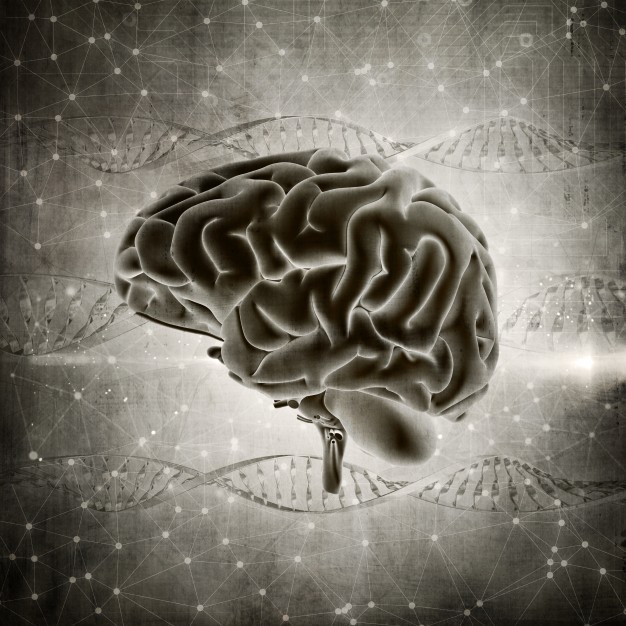 Prognosis for Hallervorden-Spatz Disease:
Prognosis for Hallervorden-Spatz Disease:
Prognosis is usually poor. Death usually does occur in 10 years after the onset of the disease.
Evaluation of Hallervorden-Spatz Disease
CT Imaging
CT is not very helpful in the diagnosis of PKAN, but rarely hypo-density in the basal ganglia and some atrophy of the brain has indeed been reported. Calcification in the basal ganglia in of course the absence of any atrophy has also been described.
Brain MRI
This happens to be the standard in the diagnostic evaluation of all forms of Neurodegeneration with brain iron accumulation (NBIA). It has indeed significantly increased the likelihood of a diagnosis of PKAN. Imaging findings are most conspicuous on T2W sequences which do demonstrate hypo-intensity reflecting areas of iron deposition, mainly in globi pallidi, pars reticulata of the substantia nigra, and red nuclei. Studies do indicate that all patients with PANK2 mutations, whether classic or atypical, have the characteristic radiologic sign known as “eye of the tiger” on brain MRI, which is evident as bilateral symmetrical, central foci of hyperintense signals in the anteromedial globus pallidus, with surrounding zone of hypo-intensity in the globus pallidus on T2W MR scanning. The central T2 relatively hyperintense spot or line within the globi pallidi is on account of gliosis and vacuolization. This sign was not reported in patients without PANK2 mutations. Cortex is usually spared, but atrophy can be seen in advanced cases.
SWI/T2
Focus is on susceptibility artifact (blooming low signal) in corresponding areas due to iron accretion. MR spectroscopy does show decreased NAA peak due to neuronal loss and may depict increased myoinositol.
SPECT Scanning
Iodine-123 ( I)-beta-carbomethoxy-3beta-(4-fluorophenyl) tropane SPECT scanning and ( I)-iodobenzamide (IBZM)-SPECT scanning have been used in making the diagnosis of Hellervorden Spatz disease but are not commonly made use of in the clinical setup.
Antenatal Diagnosis
Prenatal testing for pregnancies at risk is rather carried out by DNA testing. Cells are generally obtained by amniocentesis at 15-20 weeks of gestation or by chorionic villus sampling at 10-13 weeks. At least one mutation in the pro-band of extracted DNA should be present for prenatal diagnosis of NBIA. If both pathogenic variants have indeed been found in an affected family member carrier testing for at-risk relatives is possible by the same technique.
Homeopathy Treatment for Hallervorden Spatz
Homeopathy clinic in Hyderabad can indeed be administered as a supportive therapy along with physiotherapy, speech therapy, as well as occupational therapy. Homeopathy can also help in improving the general well-being and vitality of the patient. Needless to say, homeopathic treatment in hyderabad is without any side-effects whatsoever.
The treatment of patients with Hellervorden Spatz disease or PKAN is indeed mostly symptomatic. The tremors best respond to dopaminergic agents. For rigidity as well as spasticity, dopamine agonists and anticholinergic agent alone or in combination may be used. Intrathecal or oral Baclofen in moderate doses relieves the stiffness and spasms and can also reduce dystonia. Intramuscular botulinum toxin has also been used for the alleviation of hypertonicity. Benzodiazepines have been made use of for choreoathetotic movements.
Medications such as methscopolamine bromide can also be made use of for excessive drooling. Dysarthria could indeed respond to medications employed for rigidity as well as spasticity.
A multidisciplinary team approach does help that includes physical and speech therapy, swallowing evaluation, dietary assessment, gastrostomy tube feeding, and computer-assisted devices that may be used in advanced cases and also to improve functional and communication skills.
Dementia is rather gradual as well as progressive, and usually, does not respond to treatments. Affected individuals with recurrent tongue biting due to severe Oro buccolingual dystonia, bite blocks, and full-mouth dental extraction can be the only effective measure.
The usage of systemic chelating agents, such as desferrioxamine, has rather been attempted to remove excess iron from one’s brain, but it did not prove beneficial.
Research cum trials for the administration of coenzyme A and high dosage of pantothenate are still in progress. However, no conclusive data is available yet.

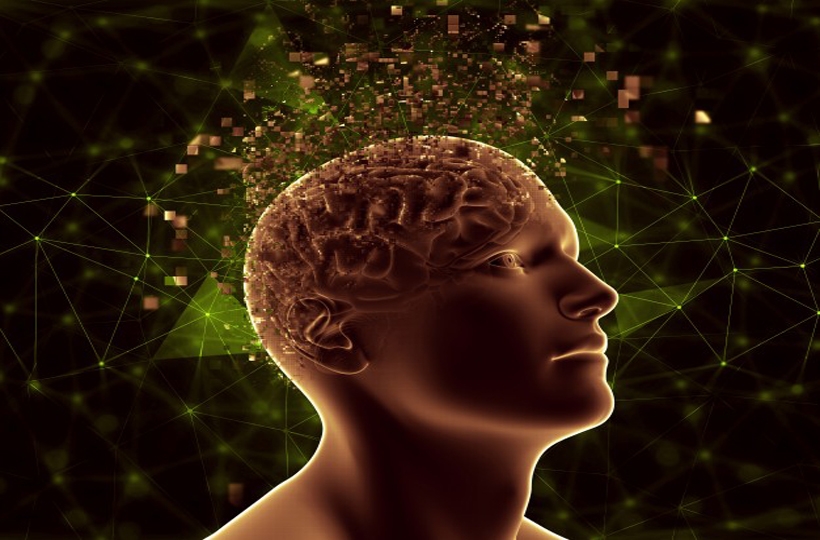

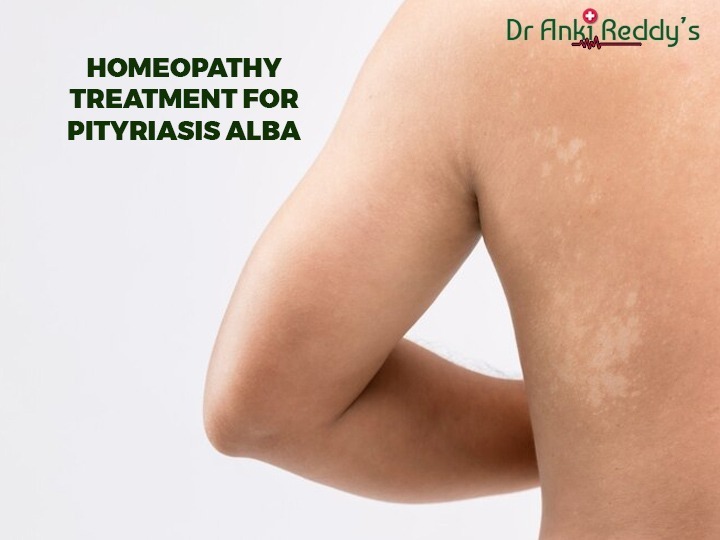

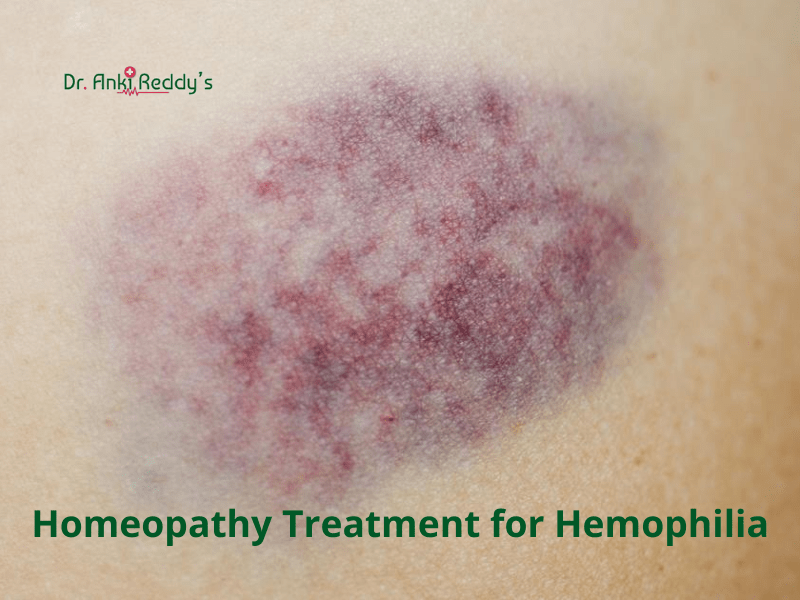

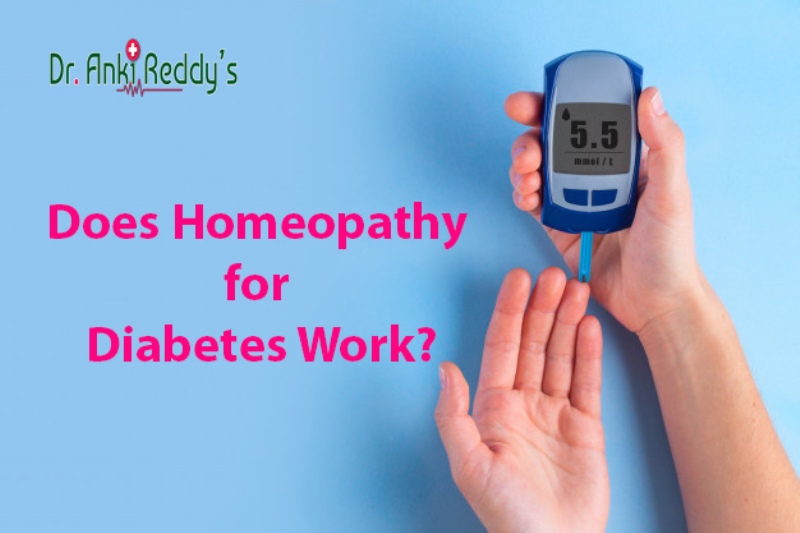

There are no comments